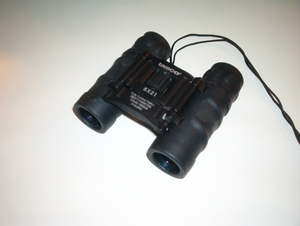Where does it live?
The Blue Shark or Prionace glauca is most often found in swimming in the open ocean and is never really found near the coastal shorelines. According to FLMNH (2012), this species of shark can be found hunting and living in temperate or tropical waters all over the world. These sharks usually blend into their environment like living in “kelp forest” or “coral reef areas.”(PBS, 2012) Blue Shark prefer cooler water temperatures, but they have been known swim in warmer waters.
What does it look like?
The Blue Shark has a bright blue color or indigo color, but their underbelly is usually a grayish white color. This species of shark has small white rings around its eyes and a pointed nose that will help humans indentify them. According to Enchanted Learning (2012), this species of shark has a body that is sleek yet tapered, which allows it to be a graceful swimmer. The adult Blue Shark is about 12 ft. long and it has a moderate sized dorsal fin that sits further on its back. This allows this species can jump out of the water and is known as one of the fastest swimmers due to its elongated caudal fin.
What does it eat?
The Blue Sharks color helps camouflage the shark whenever it is swimming or hunting for its preferred prey. This species of shark has serrated and pointy teeth that help the sharks grab slippery prey like fish. According to Enchanted Learning (2012), the Blue Shark prefers squid but will eat almost anything that it decides to hunt. These sharks also hunts for prey like sardines or anchovies, but this shark is known as an opportunistic feeder.
Do they reproduce?
Blue sharks gives birth to live pups, but they can have anywhere from 4-135 pups with each litter they have. However, a normal litter of pups would be about 25 to 50, but more has been reported over the years. According to Canadian Shark Research Laboratory (2012), newborn pups are born after about 9-12 month of gestation and the pups are about 16- 20 inches at birth. The female may wait months or years before she begins to ovulate and decides to reproduce again.
Are they dangerous?
Blue Sharks are dangerous to swimmers, because there have been recorded attacks on people by this species of shark. However, fishermen are catching these sharks, because they can become a nuisance. The shark now has fewer numbers than it has in the past, due to fisherman catching and killing these majestic creatures. Unfortunately, according to CSRL (2012), this shark is blamed for attacking victims of air and sea disasters.
References
Florida Museum Of Natural History (2012) Blue Sharks
Retrieved on Oct. 23, 2012 from the World Wide Web
http://www.flmnh.ufl.edu/fish/Gallery/Descript/blueshark/blueshark.html
Enchanted Learning (2012) Blue Sharks
Retrieved on Oct. 23, 2012 from the World Wide Web
http://www.enchantedlearning.com/subjects/sharks/species/Blueshark.shtml
PBS (2012) Blue Sharks
Retrieved on Oct. 23, 2012 from the World Wide Web
http://www.pbs.org/oceanrealm/seadwellers/sharkdwellers/blue1.html
Canadian Shark Research Laboratory (2012) Blue Shark
Retrieved on Oct. 23, 2012 from the World Wide Web
http://www.marinebiodiversity.ca/shark/english/blue.htm




